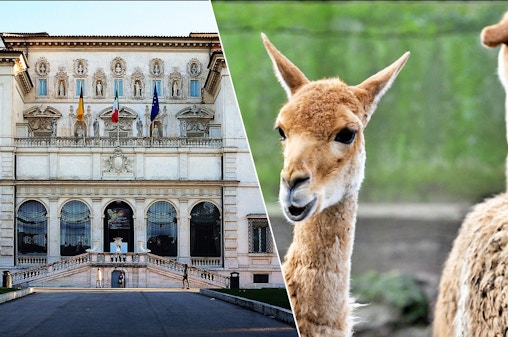- Anul deschiderii: 1911
- Fondator/arhitect: Carl Hagenbeck
- Nr. de animale: 1300
- Nr. de specii: 200
- Caracteristici speciale: Volieră cu structură geodezică
- Programe de conservare: Salvați rinocerul, protecția lemurilor și multe altele
- Educație: Parteneriate cu școlile pentru conștientizarea biodiversității și a protecției mediului
- Cercetare: Implicat în mai multe studii, inclusiv studierea obiceiurilor alimentare și a comportamentelor sociale ale diferitelor specii


